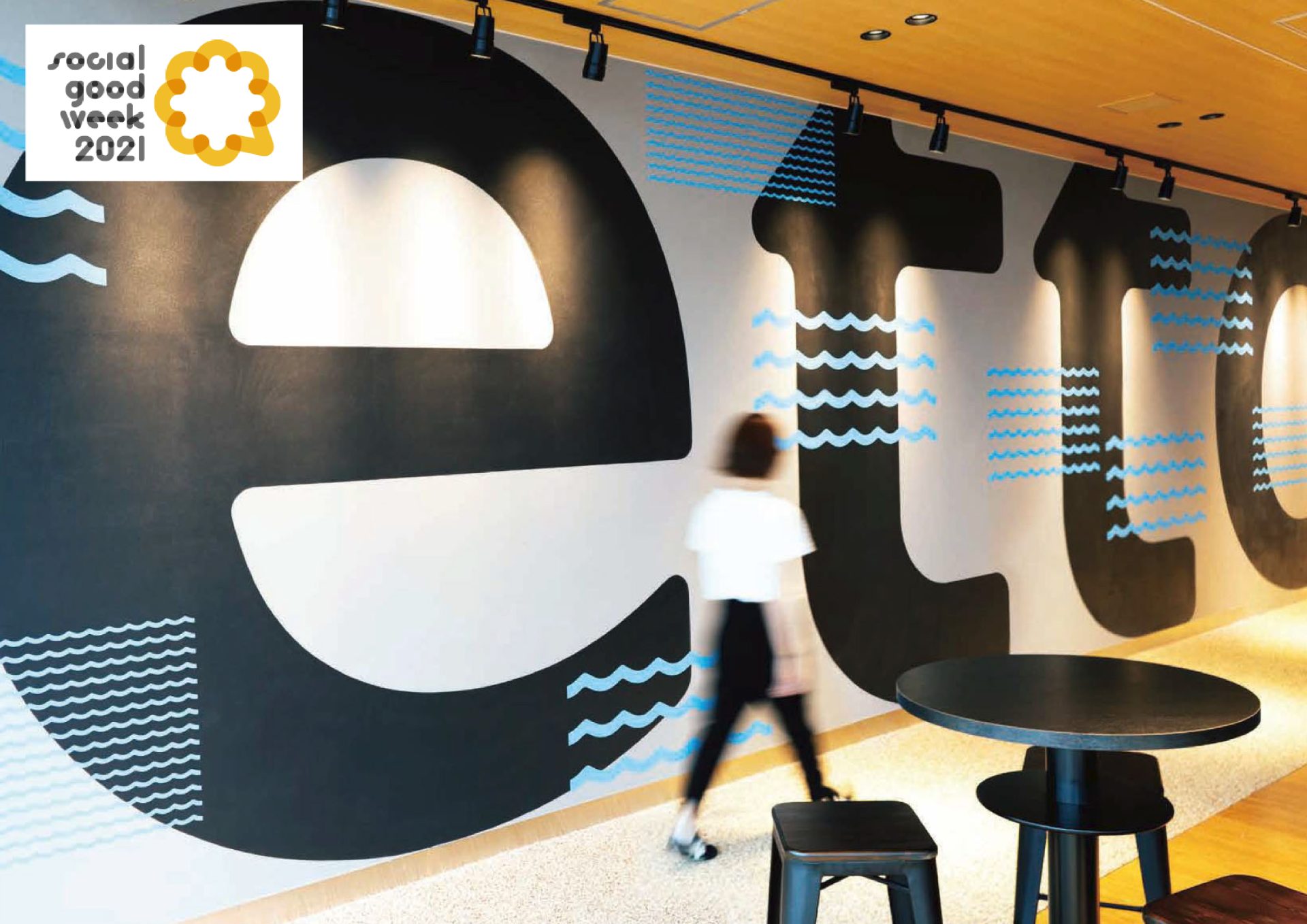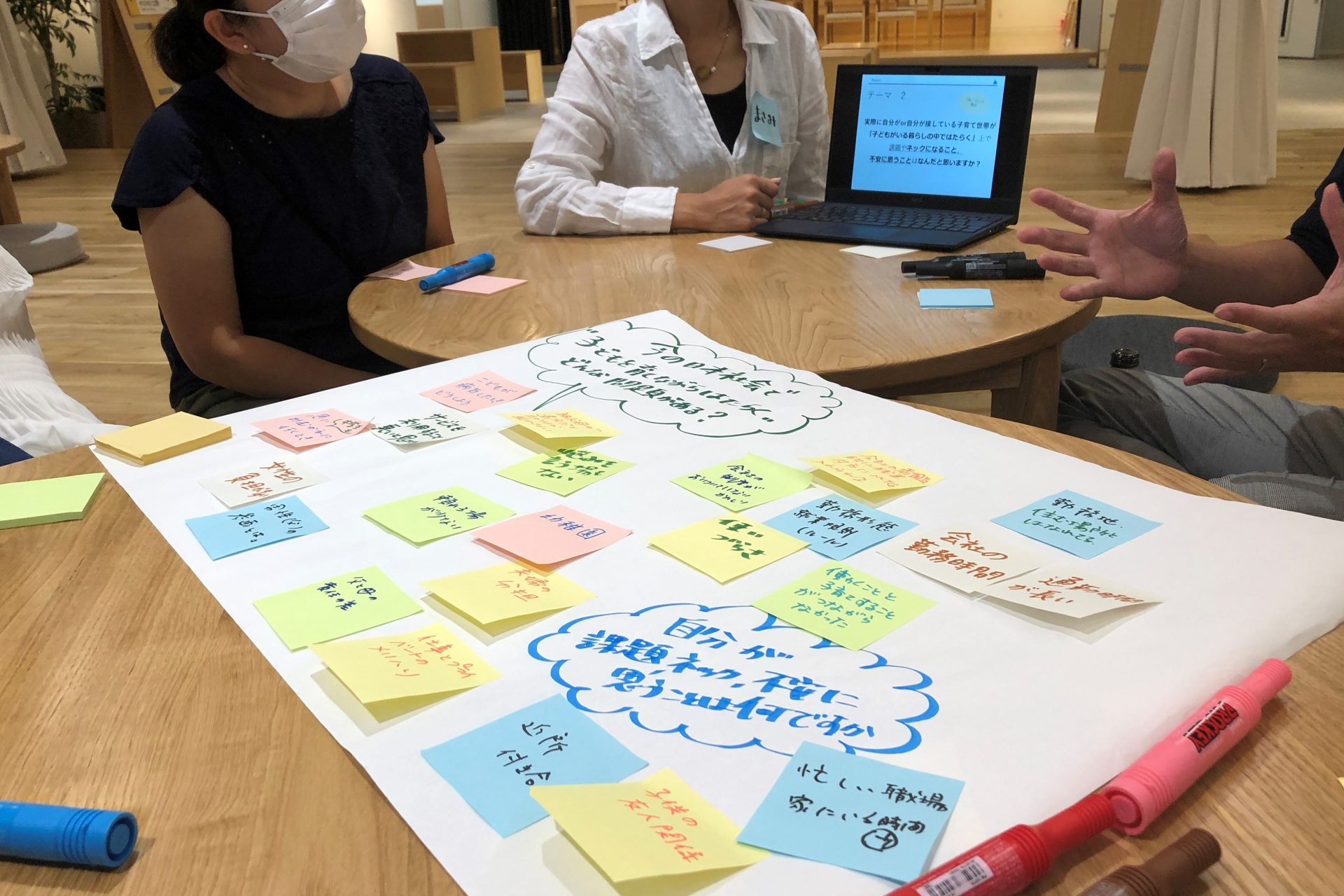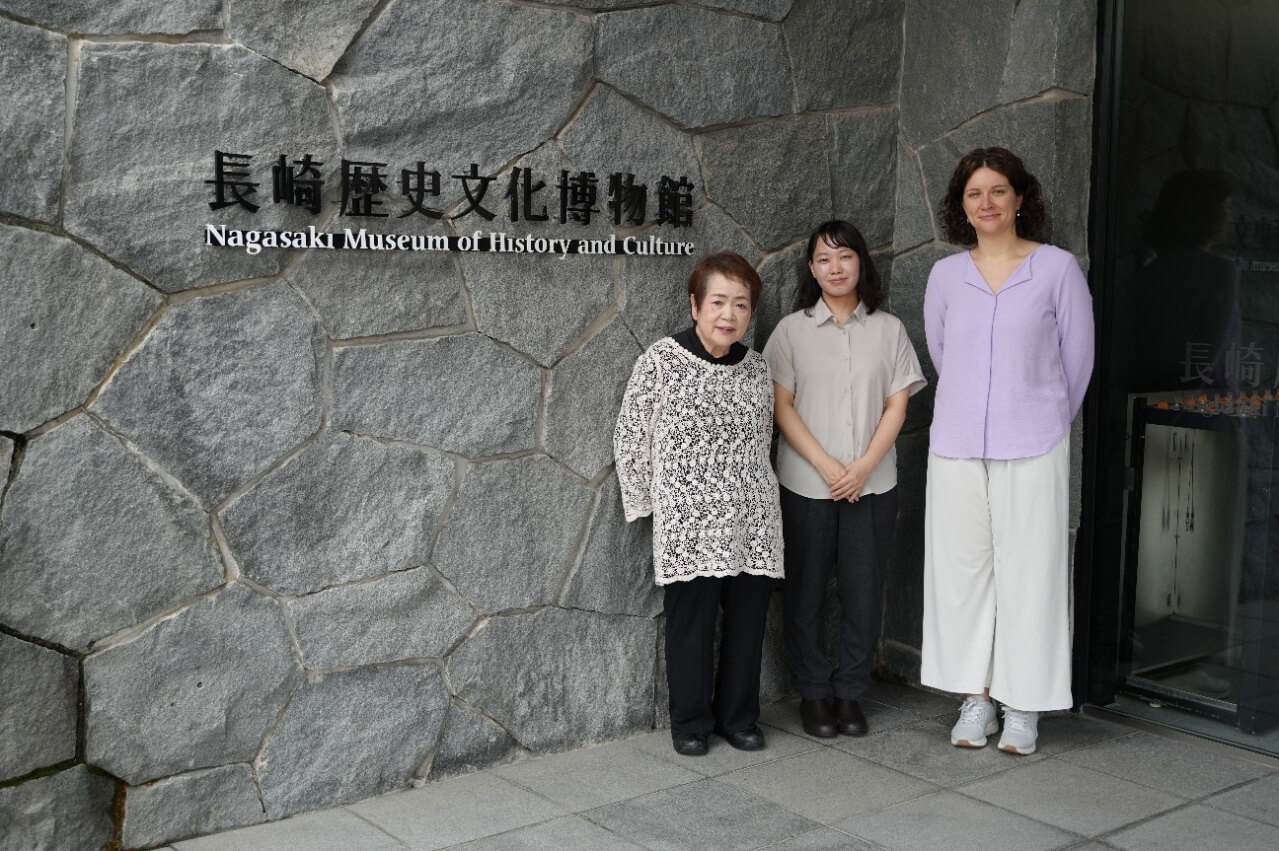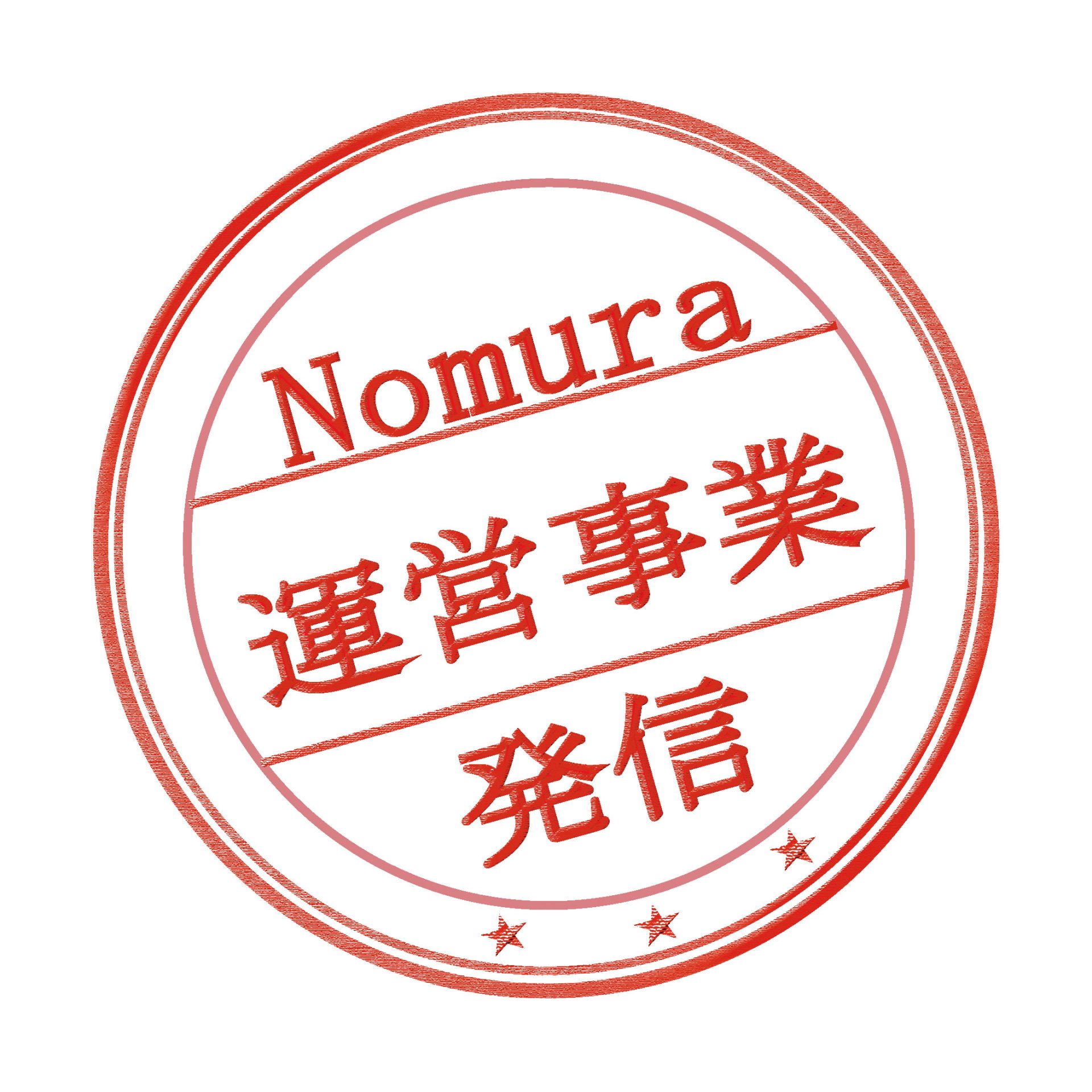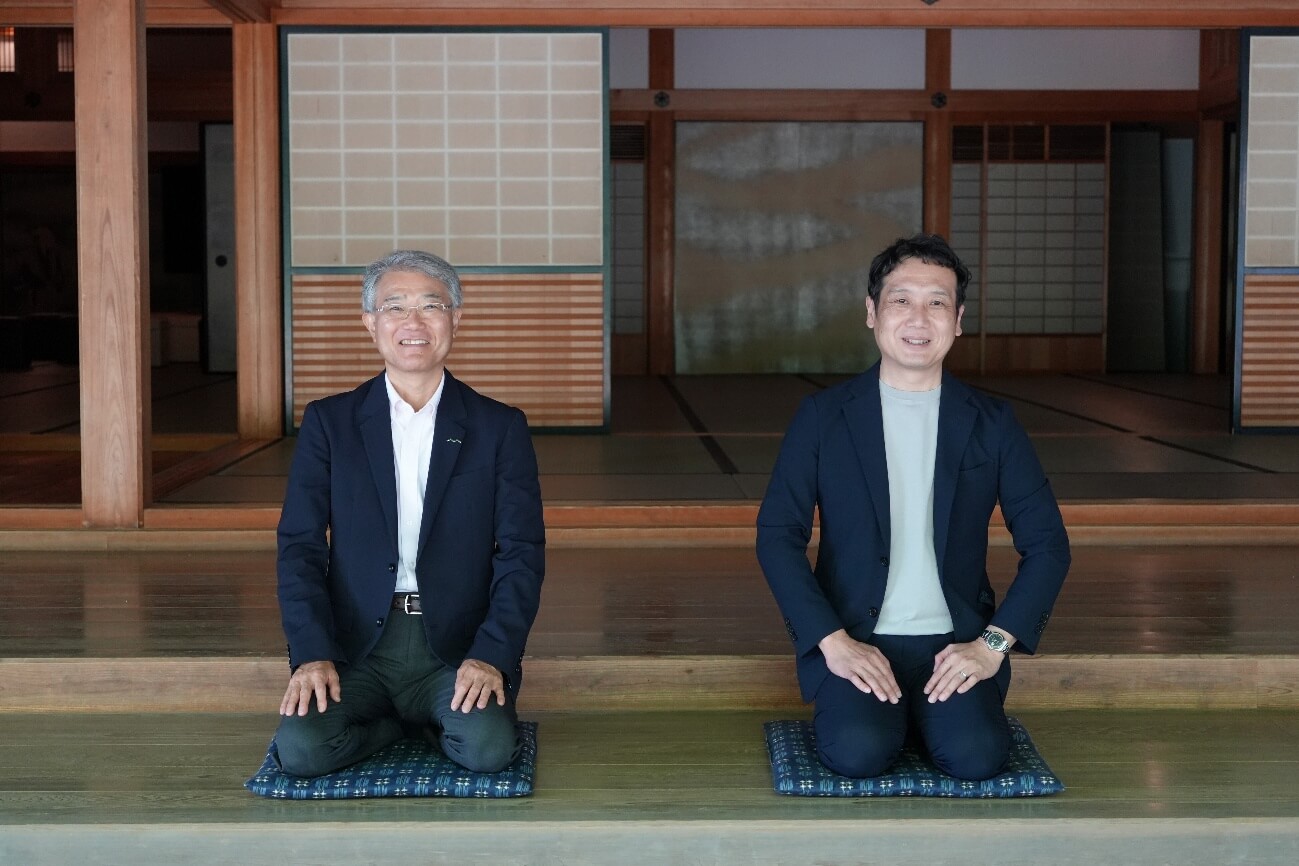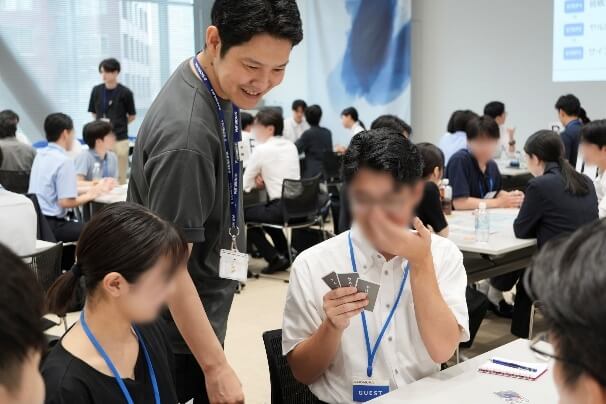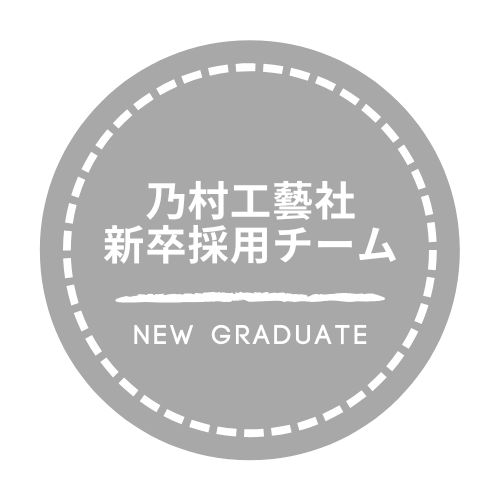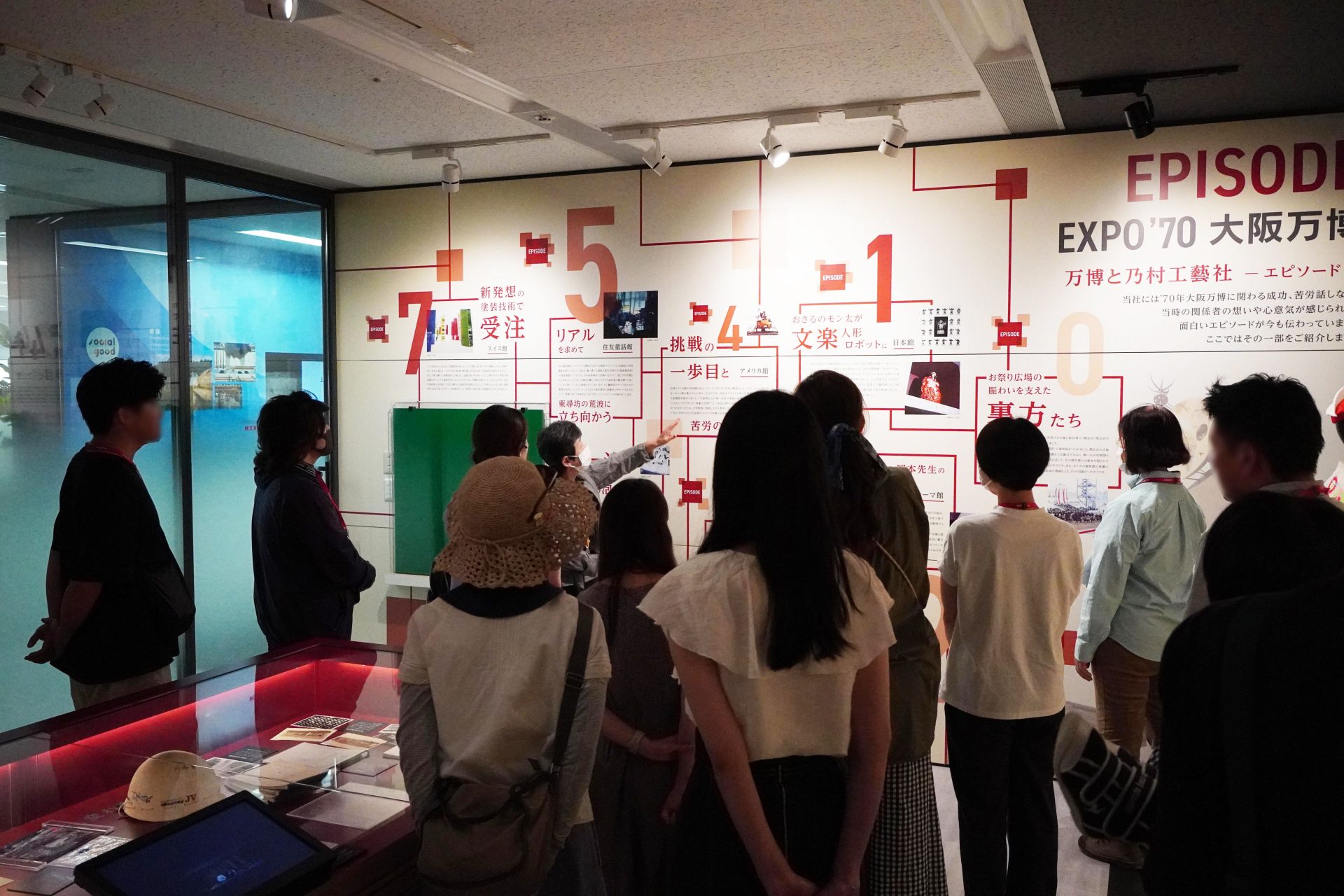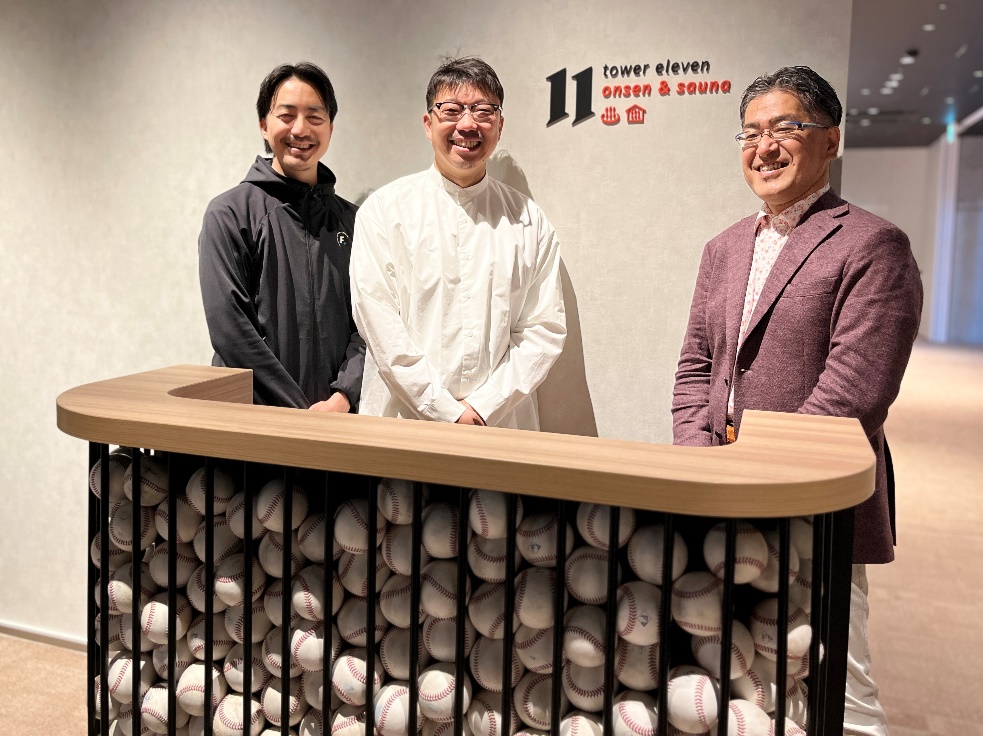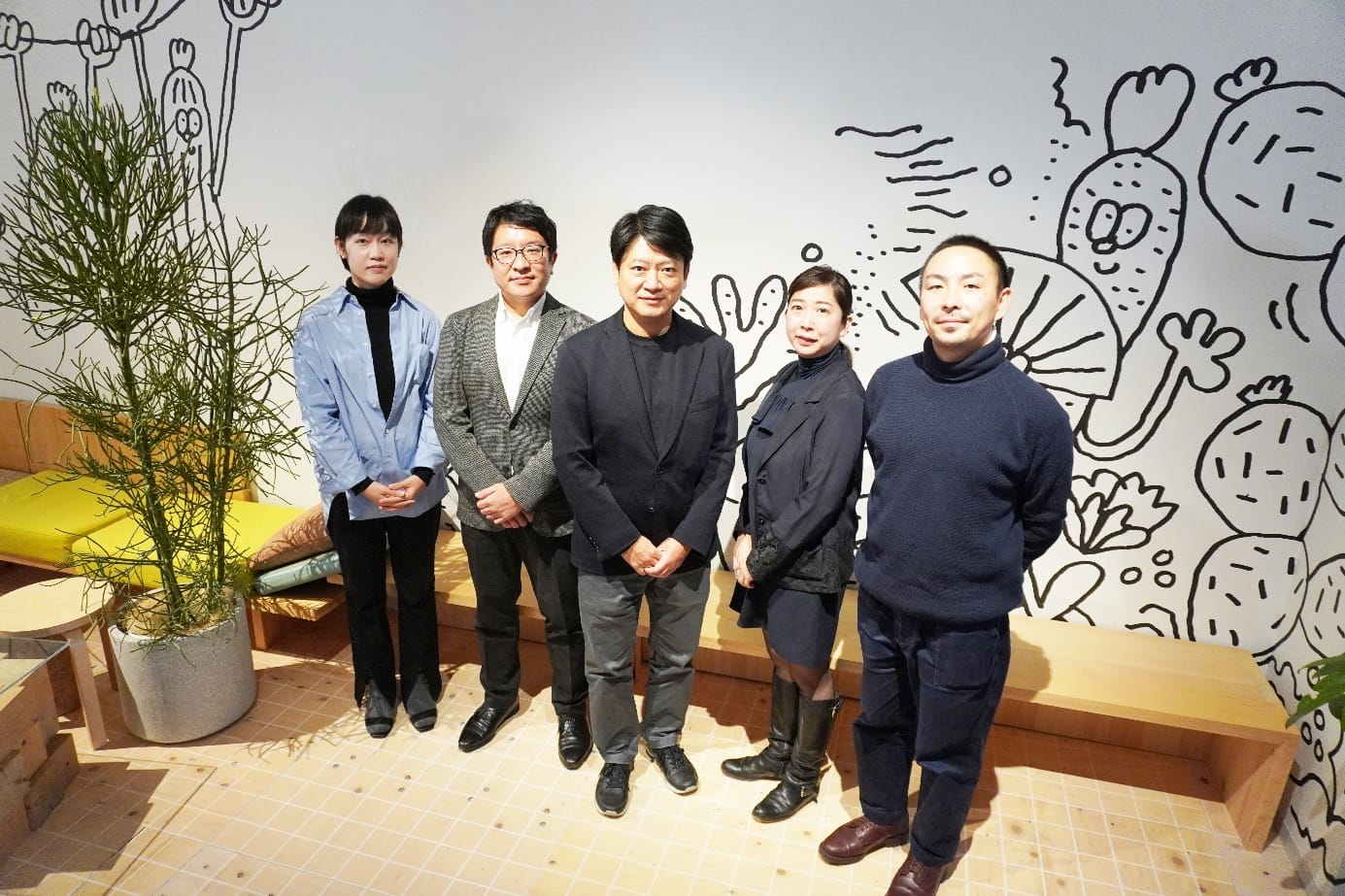
Civic Pride past, present and future
~Learning from Civic Pride to create new relationships between towns and consumers~
2023/04/07
- text and edit by
- nomlog editorial department
Civic Pride is attracting attention as a keyword for creating a city that will be loved over the long term. We invited Mr. Yudai Jo, Director of Urban Life Research Institute, Yomiko Advertising, who has a track record in Civic Pride research, and Chihiro Watarai and Ryuta Ohashi of NOMURA Co., Ltd. to hear about the current position and future of Civic Pride.
What is Civic Pride?
The meaning of Civic Pride is a concept that collectively refers to residents' sense of pride and affection towards their local area and local government, as well as the spirit of proactively contributing to the local community.This word was born from the fusion of the words ``civic'', which means ``citizens/belonging to a city'', and ``pride'', which means ``self-respect and pride.''
It greatly contributes to the development and appeal of local communities and is essential for fostering a sense of solidarity among residents. It is also expected that residents will have a deep love and pride for their hometown, which will help prevent population outflow. Although it has some similarities with love for one's hometown and love of one's hometown, civic pride differs in that it includes an awareness of one's rights and duties as a citizen and the will to be actively involved in the local community.
*"CivicPride" is a registered trademark of Yomiuri Advertising Co., Ltd.
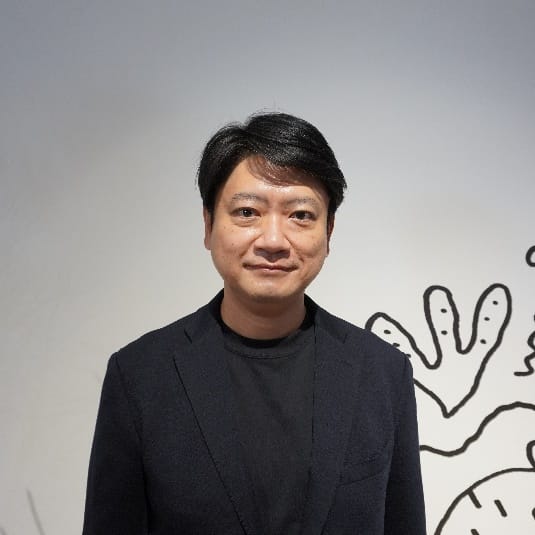
castle majesty Mr. Miss.
Yomiko Advertisement Co., Ltd. Urban Life Research Institute Director
Joined Yomiko Advertising in 1999. After working in the Marketing Department, joined Urban Life Research Institute in 2011.
Mainly concept development related to regional redevelopment Product planning and strategic planning of commercial facilities,
In addition, he is in charge of research and development projects related to urban space and consumer insight.
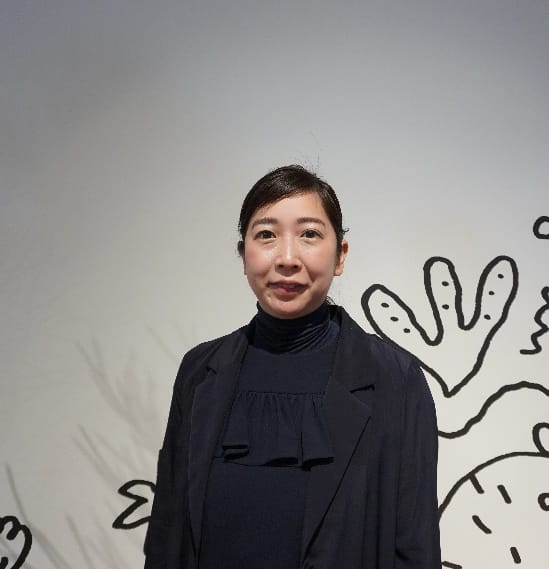
Ayako Kobayashi
Joined Yomiko Advertising in 2005. Enrolled in Urban Life Research Institute from 2008. He has been in charge of concept development, product planning, marketing, and communication planning, focusing on real estate areas such as complex redevelopment, housing complexes, commerce, and hotels, from research centered on towns and areas, and won the Good Design Award for multiple projects. . In addition, he is actively engaged in research on places and people, such as "next-generation third place research," "regeneration city research," and "α generation research."
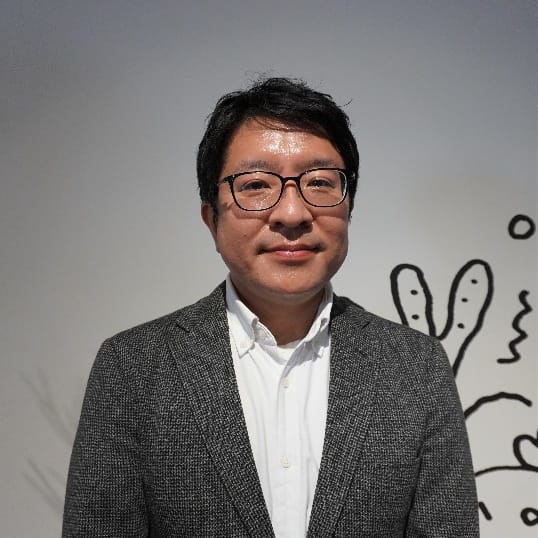
Naozumi Yamamoto Mr. Miss.
Yomiko Advertising Co., Ltd. Business Consulting Department Business Producer
Joined Yomiko Advertising in 2000. As a sales person, I am in charge of clients in various industries such as real estate developers, commercial facilities, and telecommunications companies. Since last year, he has been involved in business development outside of the advertising and communication fields at a new organization.
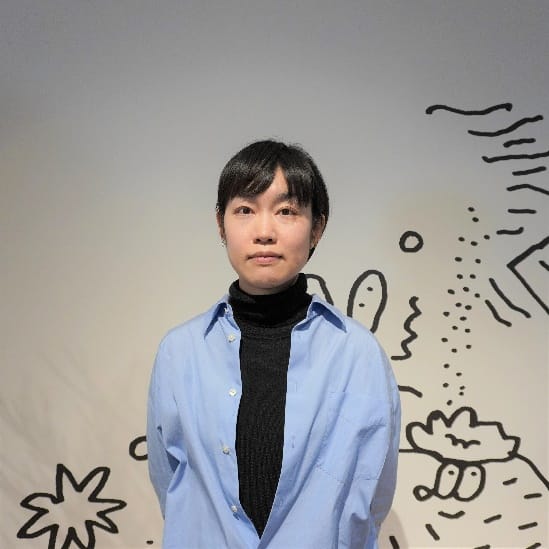
Tokai Chihiro
NOMURA Co., Ltd. Planning Director
Creative Headquarters Planning Center Planning Department 2 Manager
After studying architecture and urban development at university and graduate school, joined NOMURA Co., Ltd. in 2007. Since then, he has been engaged in planning and leasing of commercial and customer-attracting facilities. In recent years, he has been involved in many projects from the upstream stage of development, such as large-scale mixed-use commercial development in central Tokyo and the formulation of commercial master plans.
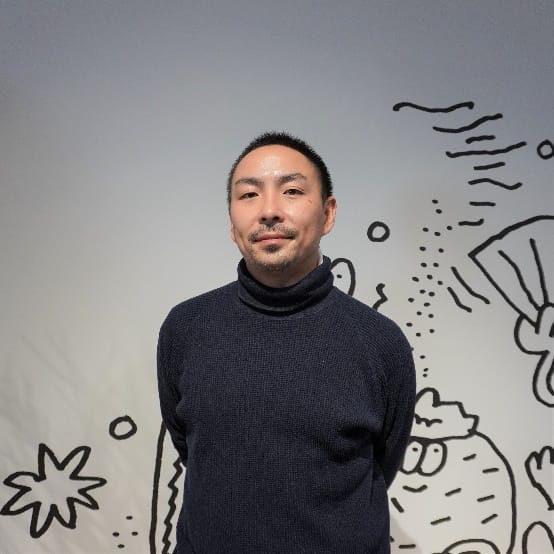
Ryuta Ohashi
NOMURA Co., Ltd. Planner
Creative Headquarters Planning Center 2nd Planning Department 3rd Room Room Chief
Joined NOMURA Co., Ltd. in 2014. After working as an exhibition planner for a cultural facility, he shifted his focus to the field of community development.
In recent years, while focusing on the development of public-private partnership projects, he has been involved in the development of large-scale complex facilities in urban areas and community development plans for local governments. Human scale and user's point of view are creeds.
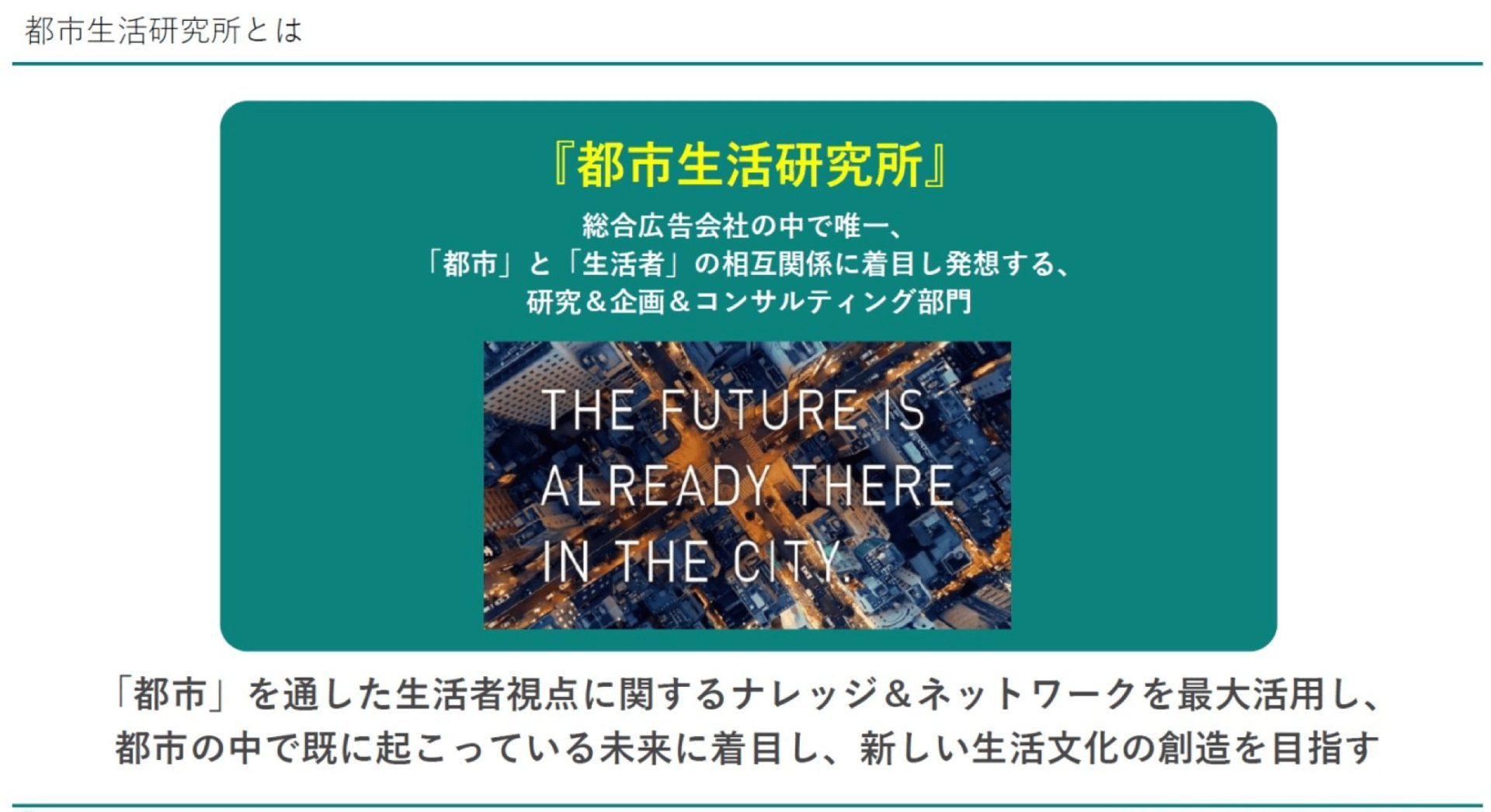
Exploring the future of cities and civic pride
The role of the Urban Life Research Institute in fostering civic pride
NOMURA Co., Ltd.
Before you talk about Civic Pride, could you tell us about the Urban Life Research Institute?
Yomiko Advertising
Urban Life Research Institute is a research and development department within Yomiko Advertising that researches the relationship between cities and people. In the advertising industry, I think it's extremely rare to have a research department that deals with cities.
Future predictions centered around Civic Pride
Yomiuri Advertising
Our philosophy is ``The future is already there in the city.'' It shows that the future does not just suddenly arrive one day, but has already begun in many parts of the city. We aim to find the seeds of the future that are sprouting in the city and nurture them together with everyone, and we are conducting research based on two main axes. One is research into the insights that each different city has. We are conducting research centered on today's theme, Civic Pride. The other is consumer research. We are conducting research on the Z generation and the α generation below, looking at changes in consumer awareness. Through this research, I hope to contribute to the creation of a new lifestyle culture.
Generation α: Generation born after 2010. The generation that follows Generation Z and is the child of the millennial generation (Generation Y).
What is Civic Pride?
Rethinking Civic Pride
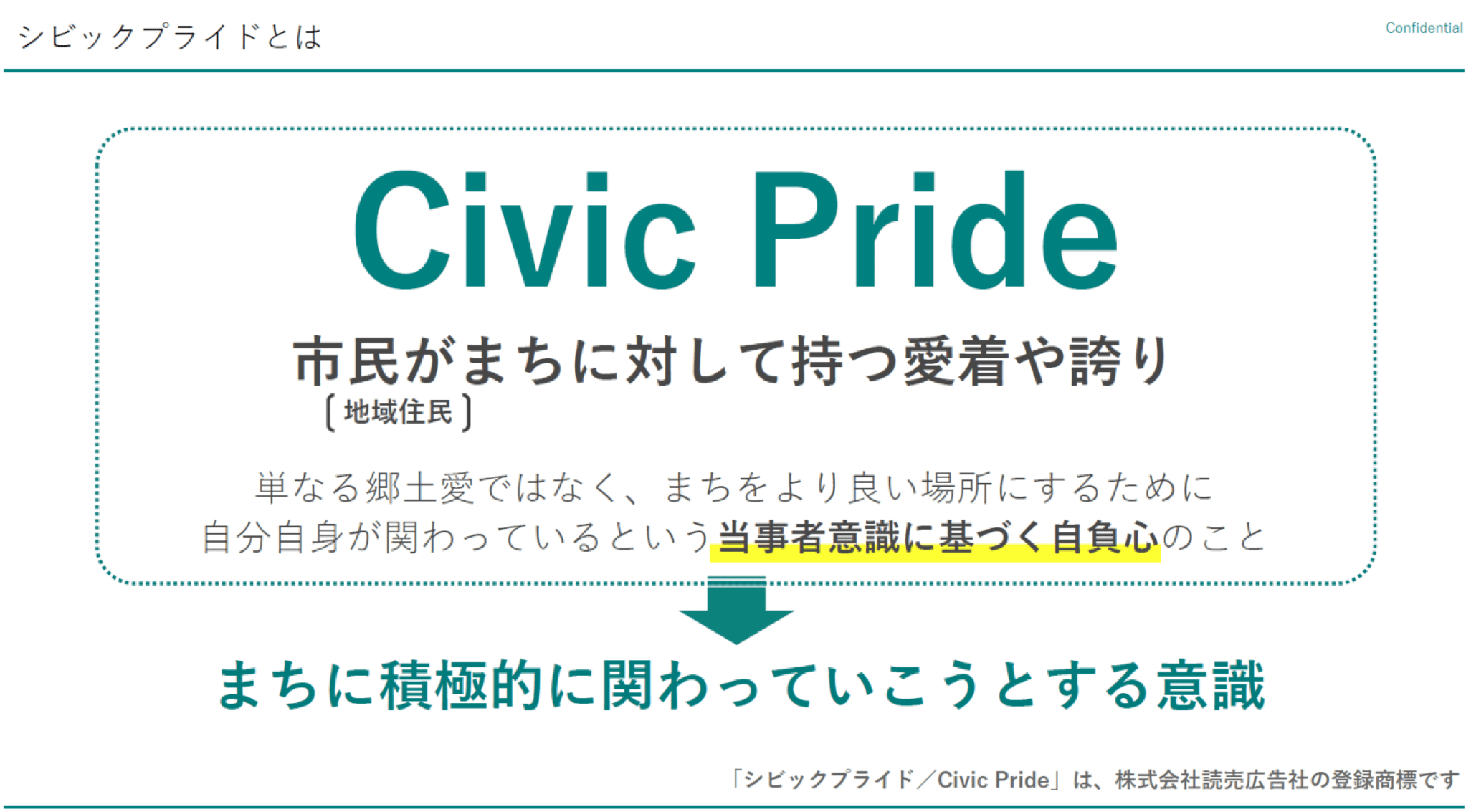
NOMURA Co., Ltd.
At NOMURA Co., Ltd., the number of requests for work related to community development has been increasing over the past few years. I intuitively understand that the concept of civic pride is extremely important, but I also feel that it is difficult to grasp. What is Civic Pride again?
Basic philosophy of Civic Pride
Yomiko Advertising
Since its inception in 2005, the Civic Pride Study Group, of which we have been active as a member, defines civic pride as "not just pride in one's own city, but a sense of ownership that each individual wants to get involved in making the city better." based on pride."
It is important to have a sense of ownership at the root, and that will be the driving force to improve the town. By spreading a variety of activities with Civic Pride as the starting point, the value of the city will improve in a wide range of areas such as culture, society, economy, environment and landscape, and the image of the city will also improve. As a result, the “resident population” including immigrants, the “exchange population” who visits for sightseeing, etc., and the “related population” will increase, leading to the sustainability of the city.
We say that "a city is people", but I think we can say that Civic Pride is the foundation for creating a city.
Affiliated population: Refers to people who are neither resident population nor exchange population, and are related to the area and diversity.
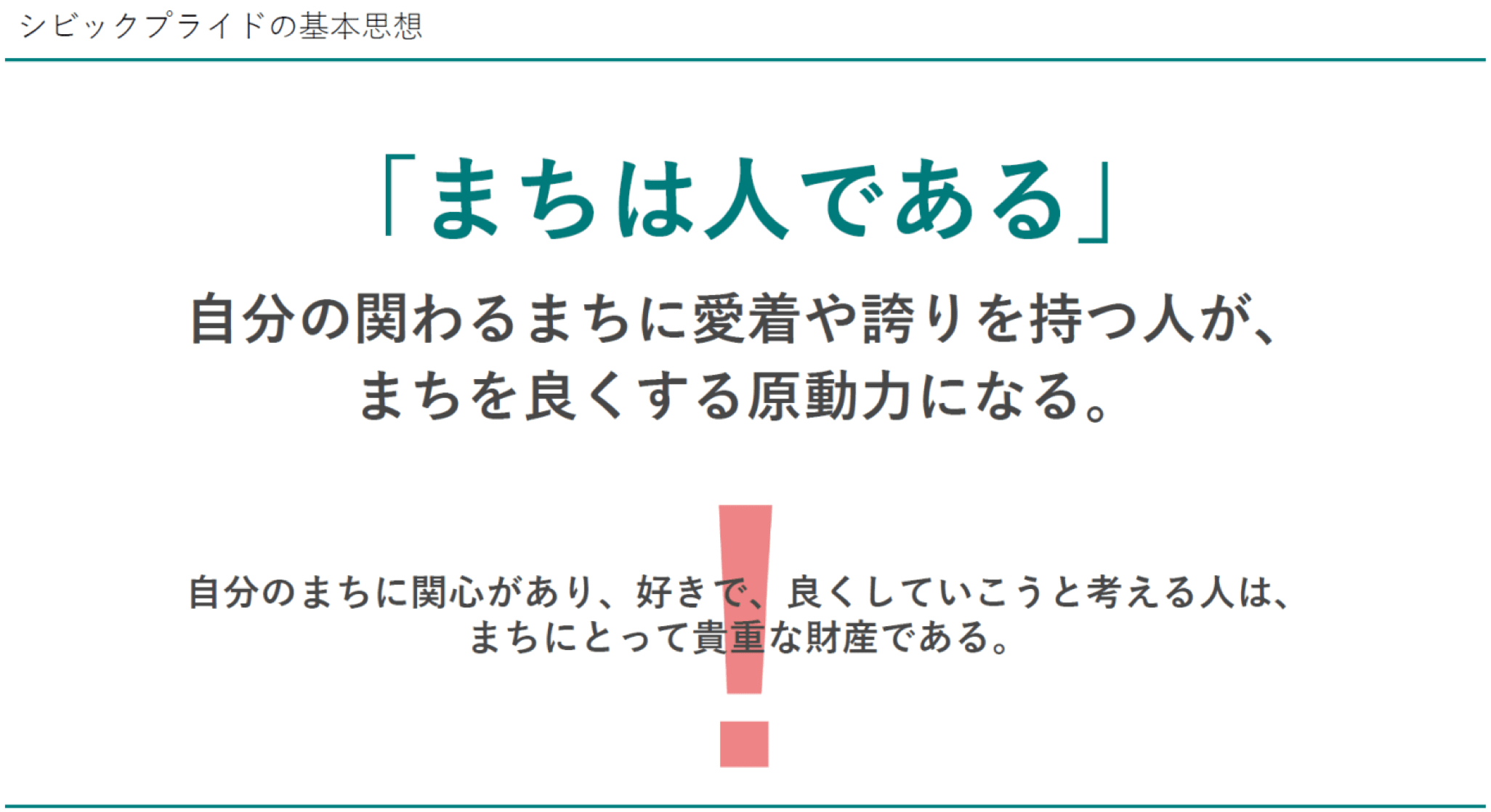
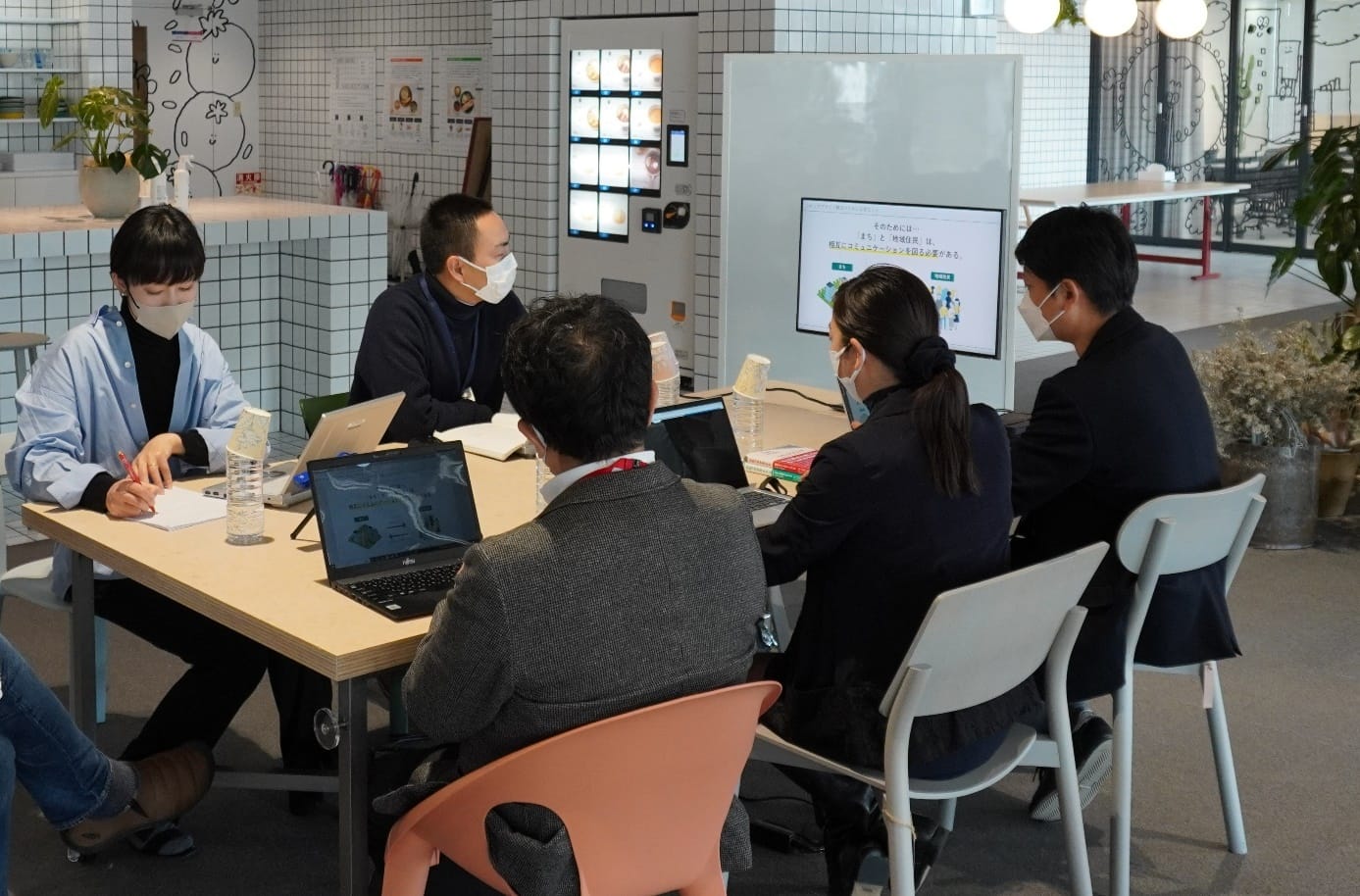
Looking back on issues and examples
Civic Pride departure location and current location
NOMURA Co., Ltd.
14 years have passed since the first edition of the book "Civic Pride" was published in 2008. Will there be any changes to the meaning and perceptions involved in Civic Pride? Please tell me the current location of Civic Pride.
Yomiko Advertising
In order to talk about the current location of Civic Pride, it is necessary to unravel the history of the past. First of all, as an important point of view, the source of civic pride is intercity competition. The origins of Civic Pride go back to England in the 18th and early 19th centuries. The Industrial Revolution and the Agricultural Revolution brought an influx of people into urban areas, causing rapid urbanization in various parts of the UK. .
In the 1970s, industrial outflow and changes in the industrial structure occurred in Europe, and the vitality of the cities was lost, while the momentum for urban renewal increased. At that time, instead of thinking about urban development only by politicians, government officials, and city planners, as before, we will start to involve new players with diverse ideas and skills, such as artists, private companies, and NPOs. On the other side of the street, the importance of Civic Pride was re-focused on creating momentum and opportunities for "everyone to think about their own city." It may be around this time that more emphasis was placed on the soft side of urban renewal than on the hard side of urban development.
And looking at the present, I feel that the corona crisis has exposed it all at once, but the time has come when we can no longer rely on the government, government, or large companies, and each and every citizen must work together to solve the problem. Isn't it a point that the era has changed greatly compared to 10 or 20 years ago?
Until now, in the context of Civic Pride, some citizens have been positioned as new players to join the government and NPOs in revitalizing the city. However, in the future, we will "reinvent" urban life and develop into a key player who will concretely shape new urban attractions. In addition, whereas until now the expected area of Civic Pride was to beat the competition with other cities, in order for our city to be sustainable in its own way, where should we take pride and where should we be creative? I feel that people's motivation is shifting in the direction of ingenuity.
Agricultural Revolution: Agricultural production improved due to crop rotation and farmland enclosing that occurred in parallel with the Industrial Revolution in late 18th-century England, and the structural changes in rural society that followed. A similar phenomenon occurred throughout Western Europe during the same period.
Symbol of civic pride Britain's Seas City
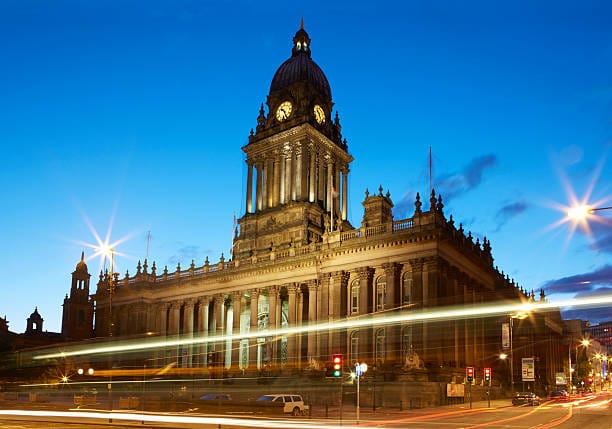
City Hall in Leeds, England (completed in 1858)
It was built with donations from many citizens of the time. It is said to be a symbol of Civic Pride.
The splendor of the building shows the civic pride of the past.
Example of Civic Pride City promotion “I amsterdam”
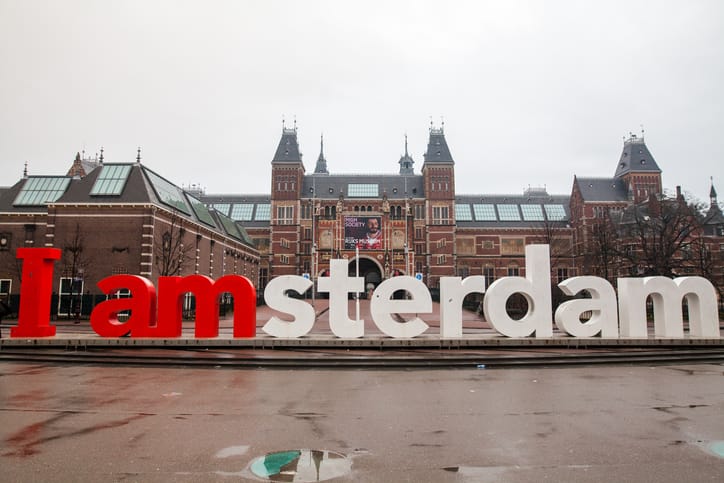
City promotion "I amsterdam"
"I amsterdam" performed by Amsterdam in 2003,
Its primary purpose is to connect citizens and cities.
You can see how the city has been regenerated since 1970.
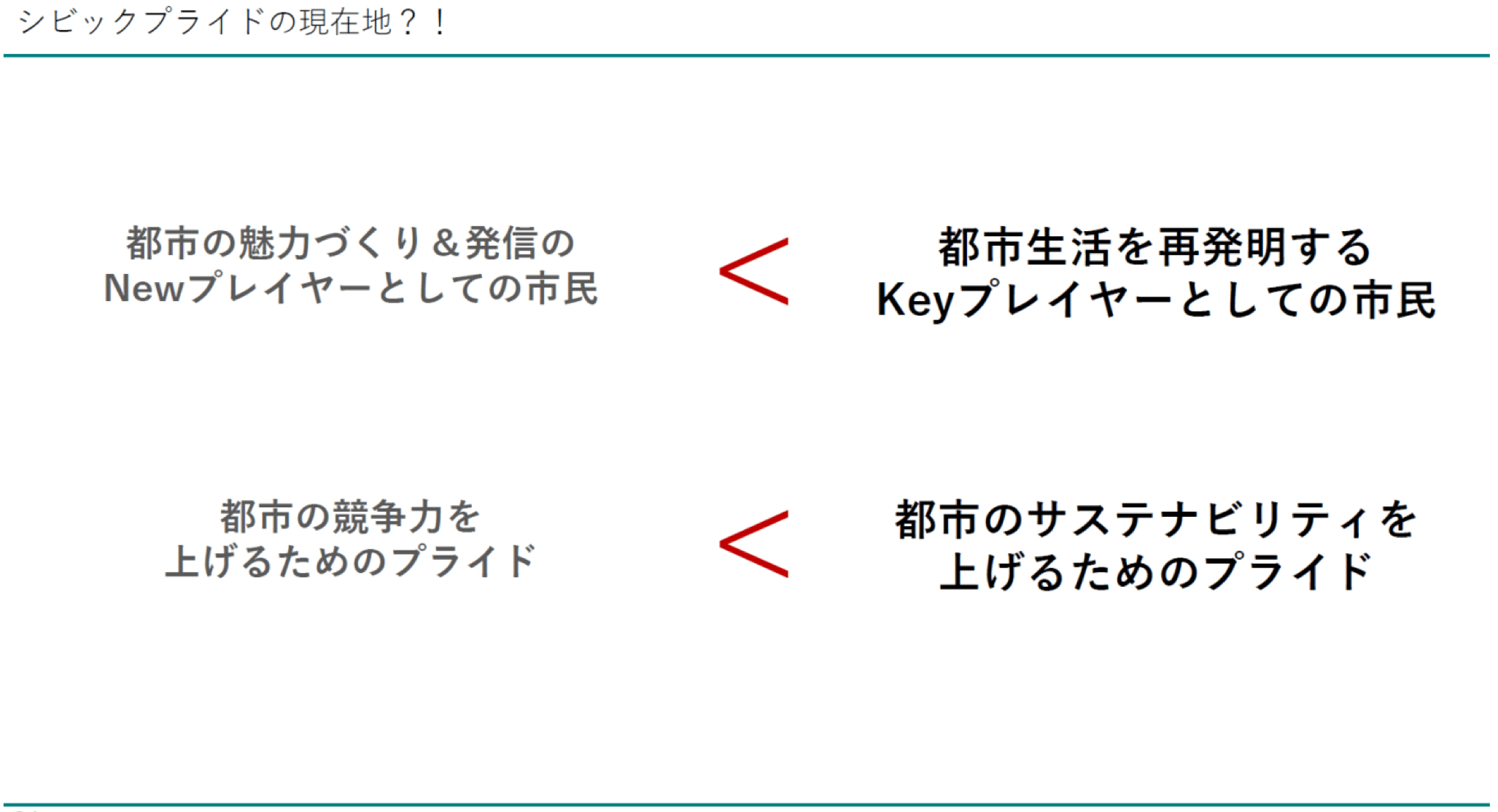
Examples of Civic Pride as seen from a visit to Europe
NOMURA Co., Ltd.
By the way, I heard that you went to Europe for inspection at the end of 2022. How was it? Is there a difference in Civic Pride in each country?
Yomiko Advertising
Among the several cities I visited, the one that left the biggest impression on me was Berlin, Germany. A citizen group centered on architects has launched a DIY school called "Floating University Berlin" to study the natural environment. In addition to nature learning, various trials such as the Edible Garden are being practiced, and urban life is being reinvented under the initiative of citizens.
In Bologna, Italy, the “Urban Innovation Foundation (Fondazione Innovazione urbana),” which carries out various initiatives in the city, left an impression on me. With young staff at the center, rather than making a big plan, an experimental town development was being carried out by involving citizens and repeating small trials and errors. The active participation of the students was also characteristic, as it was truly a place for practicing tactical urbanism.
Edible Garden: Literally translated, it means “edible garden”. A garden planted mainly with edible plants such as vegetables, herbs, and fruit trees.
Tactical Urbanism: A concept proposed by Mike Lydon, who presides over Street Plans, an urban architectural design firm in the United States. Citizen-led urban improvement movements that are spreading worldwide, and their methodology. Repeat implementation and feedback to refine the output.
NOMURA Co., Ltd.
In both cases, citizen-led involvement in the city shows a new form of civic pride. I strongly feel the presence of citizens as a key player who plays a central role even if they start small, rather than a new player who plays a given role.
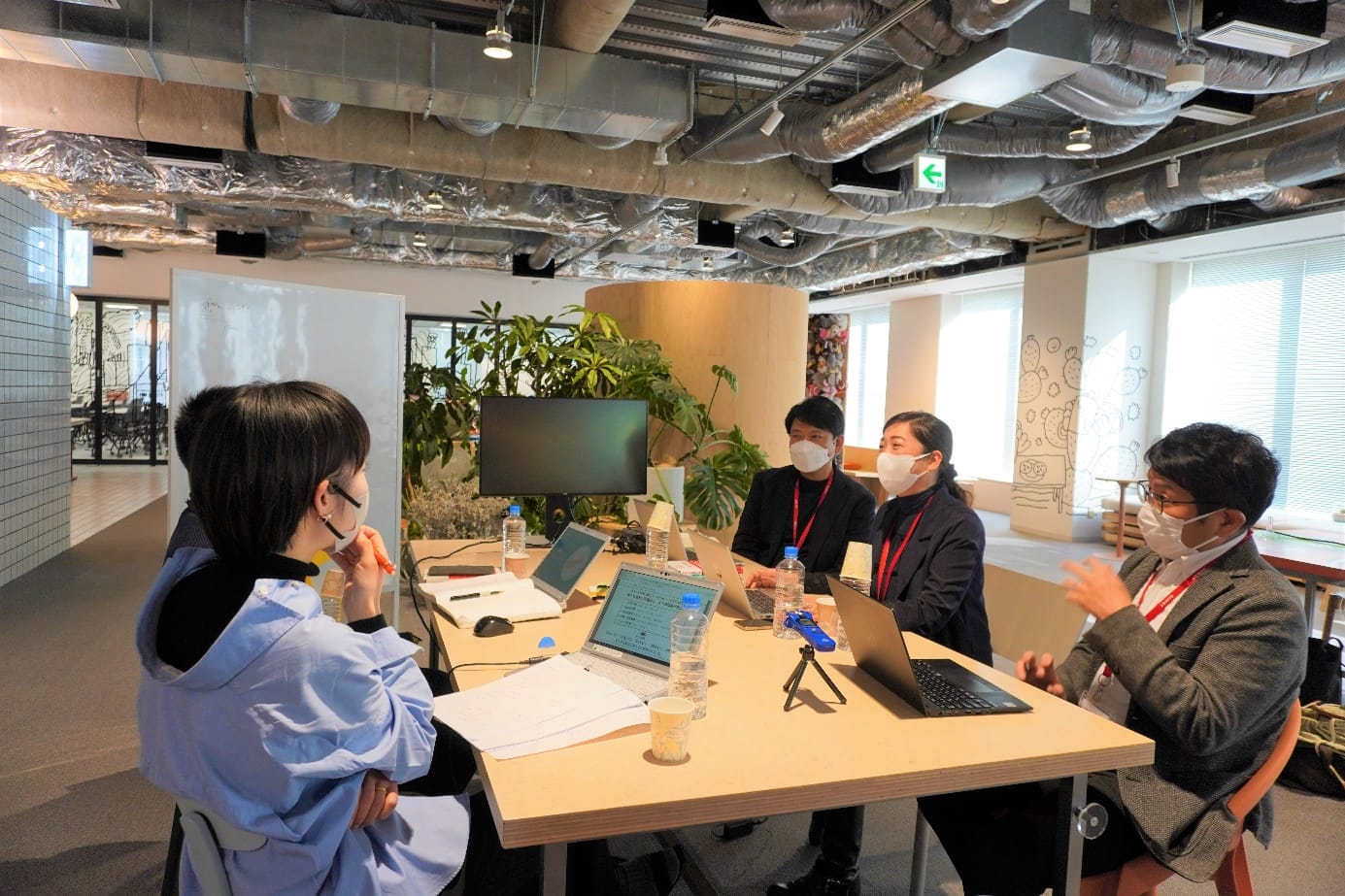
In whose hands is the leadership for cultivating civic pride?
NOMURA Co., Ltd.
From here, let me exchange opinions on the Civic Pride between the two companies. How do you think governments and companies should be involved when citizens become key players in cultivating civic pride in the city?
Yomiko Advertising
By studying overseas cases, it becomes clear that the ways in which governments and companies are involved differ from country to country.
Germany for example. In Germany, there is a civic participation organization called Verein, and it is characterized by the fact that the voices of citizens are very strong. If there is a demand from the citizens that they want more places to play soccer in the city, Verein will take the initiative in formulating an operational plan and business plan to request donations from companies, and the companies will also invest strategically. There is a culture of doing
On the other hand, in Finland, in a sense, the exact opposite of Germany, there is a lot of power in the administration. The members of Finland's city planning department are experts at the consultant level, and the process design, such as information disclosure, solicitation of opinions from citizens, and feedback on those opinions, is quite meticulous in the process of deciding on a plan. Therefore, I think that a structure has been created in which citizens can participate with a high degree of trust in things led by the government.
NOMURA Co., Ltd.
These are two cases in which the citizenry and the administration, and the initiative, are in contrast.
While I think it's interesting, I don't feel like either way fits in Japan. Are there any countries that can serve as a reference for Japan?
Yomiko Advertising
Italy may be of help. In Italy, an organization like the third sector in Japan takes the leadership. In the sense that it is neither a citizen nor a government, it can be regarded as similar to a company. Recently, I've come to think that a third form, in which companies take the leadership of industry, government, academia, and citizens, may be suitable in Japan.
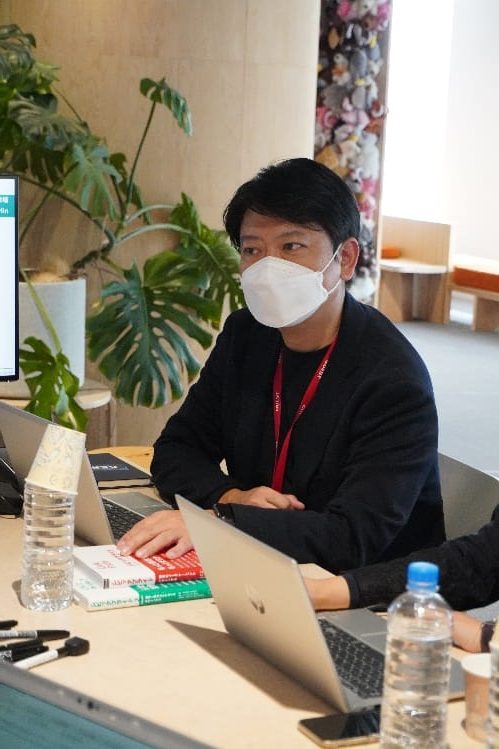
NOMURA Co., Ltd.
Is it an image of a private company like a developer making a strong commitment to citizens and taking on leadership?
Yomiko Advertising
I agree. Of course, there is the issue of how much returns and benefits a company can get by committing to something on a regional scale. However, I believe that it is the private sector that has the ability and skills to manage the project when something happens in the community. Of course, companies should have a sense of attachment and pride in their local communities. I'm always thinking about how companies can participate in the community and how they can do it.
Draw an auxiliary line for cultivating civic pride
NOMURA Co., Ltd.
I think that NOMURA Co., Ltd. and Yomiko Advertising are the same, but when you enter a community as a member of a company, you are just an outsider and cannot be the main player in fostering civic pride. I am always troubled by the half-baked way of getting involved, but how does your company organize how to get involved with Civic Pride?
Yomiko Advertising
Certainly, it is difficult to continue to be fully committed as a company. That's why I think it's important to design diverse relationships that lead to civic pride, and to prepare "auxiliary lines" for citizens to drive themselves, rather than acting on their own initiative.
Today's sei-katsu-sha (=citizens) have a strong desire to choose for themselves, but the reality is that even if they are told they can do whatever they want, they cannot do so. At that time, companies like us, who are in a third-party position, draw a number of auxiliary lines and subtly guide them to those who are proactively involved with the region, resulting in the fostering of civic pride. I think that what is required of us is how well we can design the auxiliary lines that give birth to.
The “by C” perspective that is important for cultivating civic pride
Yomiko Advertising
In communication theory, there is the word B to C, but there is also the word B with C (cuddle type). In the future, I feel that there will be a demand for a more changed “by C” concept. Although C in this case is Civic instead of Customer.
A professor who studies design for people involved defines the relationship between sei-katsu-sha and design as follows. ““for User,” which treats consumers as passive users, “with People,” which collaborates and designs as partners rather than users, and “by Ourselves,” where consumers design while learning on their own.”
In order to foster Civic pride in the future, we believe that it is important to design cars that are "by C", which is similar to "by Ourselves".
In Finland, which I mentioned in the overseas example, the power of the government is very strong. In addition, it is natural that citizens stand up for themselves like Germany is “by C”. Even with the same "by C", there is a large gradation there, and I think that we are required to have the ability to think about which "by C" is the best solution for this area and design.
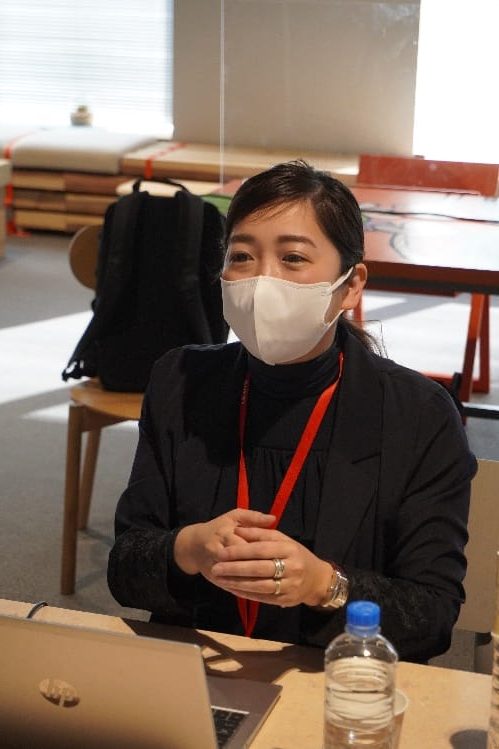
NOMURA Co., Ltd.
I was reminded that "party design" is a very important point of view.
Yomiko Advertising
In the past, even commercials based on the concept of “for use” could move people, but that is no longer the case. Rather than one-way commercials, posting on social media by someone you can trust has a lot more power to motivate people.
The opinions of people who think they can be trusted and trusted still have power. I talked about Finland earlier, but I think that the Finnish administration is good at designing “by C” based on trust. When interviewing government officials, the keyword “trust” appears dozens of times. Consciously or unconsciously, I feel that the design of “by C” based on trust is given considerable importance.
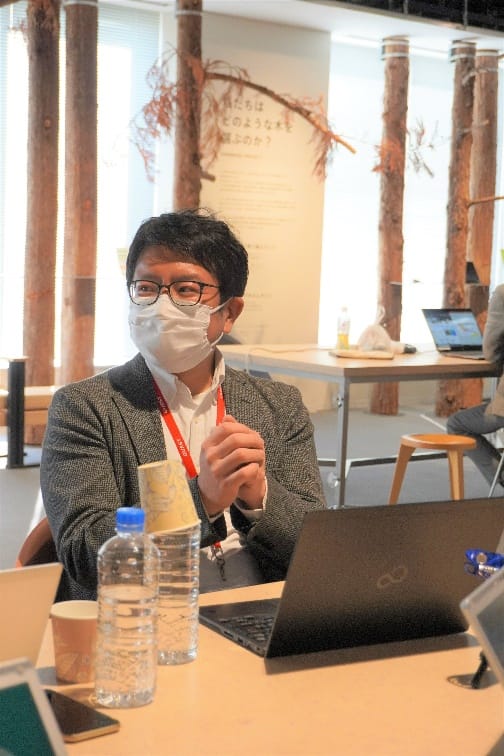
The relationship betweencivic pride and tactical urbanism
NOMURA Co., Ltd.
So far, we have talked about the key to cultivating civic pride, and how the design of the auxiliary lines is important to draw out that.
It's just that the auxiliary line that draws out the party is disjointed by people, isn't it? Some are driven by local history, others by the natural environment.
Yomiko Advertising
Certainly the themes and keywords are really disjointed. However, I think that what they all have in common is that their individual experiences are the source of their civic pride. It is important to use the media to send messages, but we are always discussing the importance of creating a place that accepts diverse experiences and a place that leads to real experiences.
NOMURA Co., Ltd.
Nonetheless, if people don't come to such a "place" and have them become involved, they won't start running. What should that “place” be?
Yomiko Advertising
I think I draw a lot of thin auxiliary lines at first. The image is to darken the auxiliary lines where many people ride and erase the ones that do not.
NOMURA Co., Ltd.
I see, Tactical Urbanism came to mind.
So you're fumbling around the city, repeating trial and error, and focusing on projects that you can see the seeds of people who can empathize with and the seeds of future Civic Pride. Tactical Urbanism may be a new manifestation of Civic Pride.
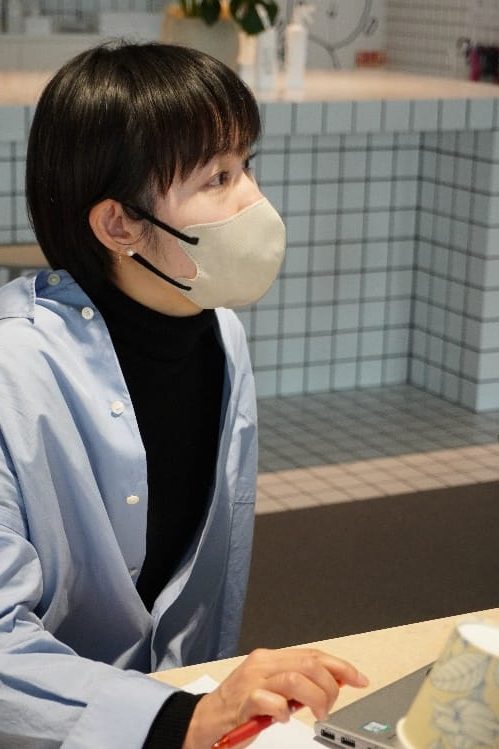
Civic awareness that connects the community and civic pride
Citizen awareness is increasing. A channel to the city that should be opened.
Yomiko Advertising
I'm currently doing a workshop on the theme of "creating a place for the community" in a certain project. Elementary school students are also participating in it, and their awareness of social issues is surprisingly high even for adults like us.
I strongly feel that the children who will be responsible for the future are premised on the premise that they will look at society in everything they do. I thought.
Every company is increasingly motivated to connect social issues to business innovation. If we are to tackle social issues, I think it is important for us as a company to focus on the layer of local issues.
Global issues are of course important, but for consumers, local issues are a more familiar layer and easier to tackle as a matter of personal concern.
NOMURA Co., Ltd.
However, in the case of regional issues, especially when we get involved, it tends to be that the size of the market is not worth it...
Yomiko Advertising
That's right. However, it is true that the regional issue layer is more likely to become a common language when talking to citizens. The challenge is always how we can create a group that can move effectively and efficiently with that granularity.
There are various policies for a new business of a company. There is a tendency to focus on the size of a business, but even if it is small, if you keep trying and it doesn't work, move on to the next step! There is also a possibility that something will be born by repeating.
If you don't think you'll give birth small and grow big, you won't be able to move the first one. I believe there are many possibilities for issues on a regional scale.
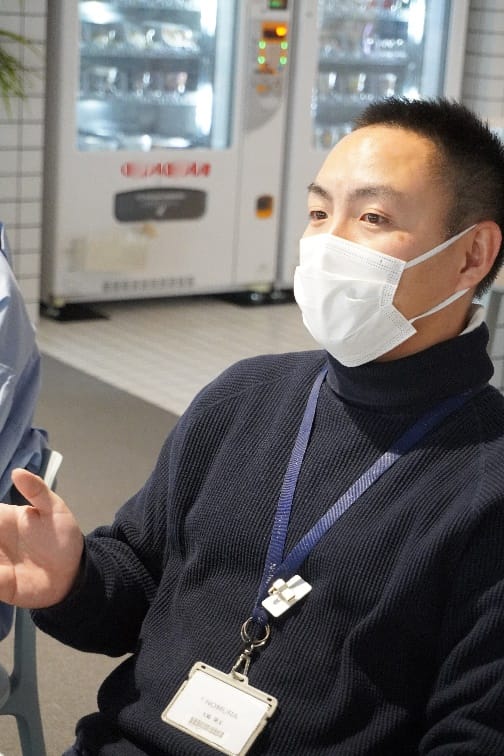
Evolution of spatial design centered on civic pride
Spatial design and the spread of civic pride
NOMURA Co., Ltd.
I am involved in space work on a daily basis, but recently I have always felt that the goals of space design have changed. In the past, the focus of design was on how to arrange the physical space, but recently it seems to be moving towards designing the relationship between people. In other words, we are heading in the direction of designing engagement. Listening to today's story, I felt that Civic Pride and our work are heading in the same direction in social trends.
Yomiko Advertising
Rather than having someone create a goal - the image of the city - with strong intentions, an auxiliary line toward the goal is shown, but it is left to the hands of the citizens to ride on it and create it. Come to think of it, it might be the same.
As a member of such a partnership, we always think that it would be great if we could try various things together while worrying together.
NOMURA Co., Ltd.
Looking back at the story of the elementary school students introduced earlier, the trend of "involvement" is likely to become even stronger. When a generation that is more actively committed to society takes the center of society, I feel that spaces that cannot be involved, or companies that do not want to be involved, will be weeded out. Considering that it takes only 10 years or so for elementary school students to reach adulthood, I feel a strong sense of crisis that we have no choice but to become more conscious of our involvement. Along with the spread of this sense of crisis, it seems that the involvement of companies in Civic Pride will also spread. As a city dweller, we would like to repeat trials. Thank you, continue.
Thank you for today.
Editing: Chihiro Watarai, Ryuta Ohashi
Like this article?



